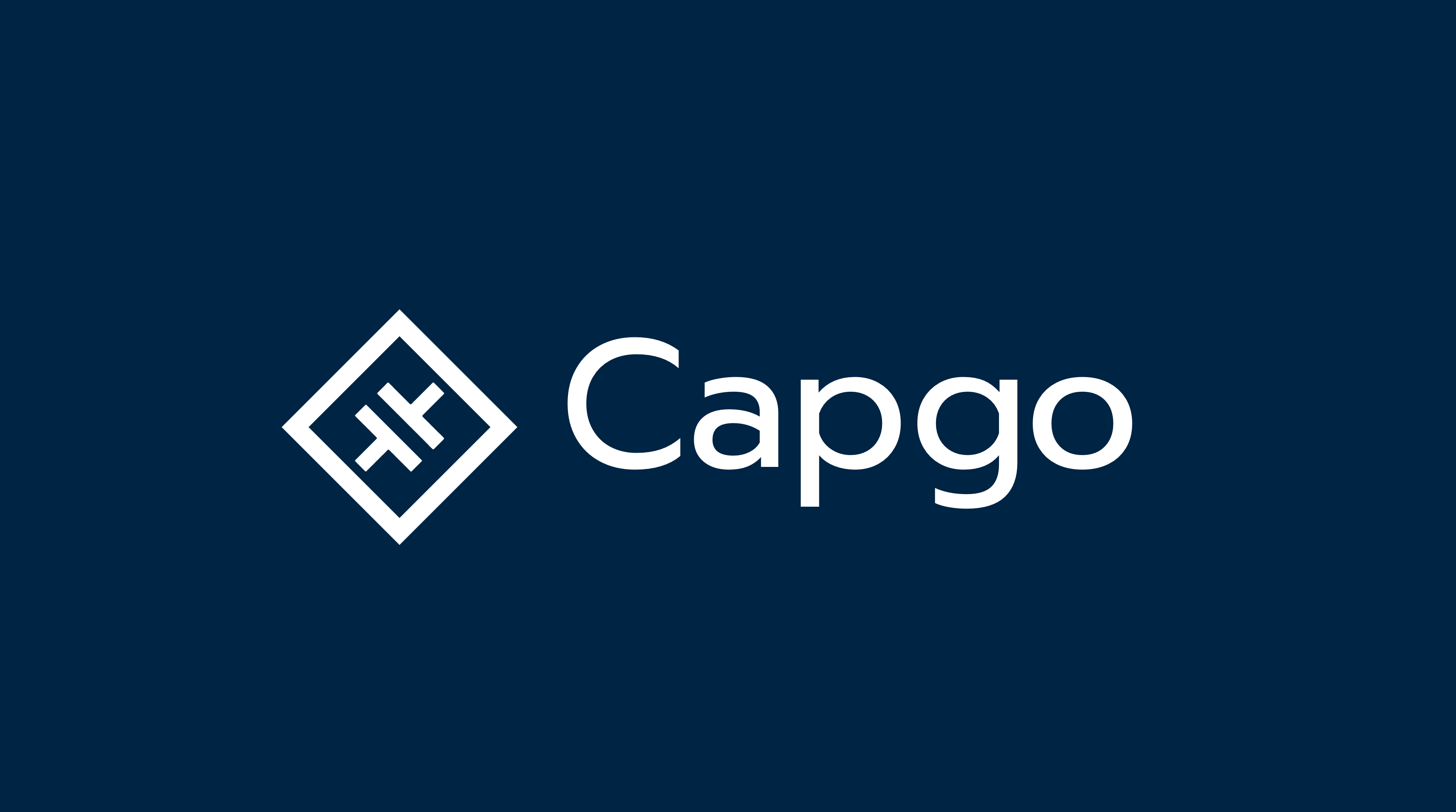Capgo - Instant updates for capacitor
-
⚡️ Test webapp directly in your phone with native API
-
😃 Share your dev with your teamate
-
↕️ Manage your channels for auto update system.
https://github.com/Cap-go/capacitor-updater/wiki/Capgo-Sandbox-App
All official plugin are install and preconfigured
- Action Sheet - Provides access to native Action Sheets.
- App - Handles high level App state and events.
- App Launcher - Allows to check if an app can be opened and open it.
- Browser - Provides the ability to open an in-app browser and subscribe to browser events.
- Camera - Provides the ability to take a photo with the camera or choose an existing one from the photo album.
- Clipboard - Enables copy and pasting to/from the system clipboard.
- Device - Exposes internal information about the device, such as the model and operating system version, along with user information such as unique ids.
- Dialog - Provides methods for triggering native dialog windows for alerts, confirmations, and input prompts.
- Filesystem - Provides a NodeJS-like API for working with files on the device.
- Geolocation - Provides simple methods for getting and tracking the current position of the device using GPS, along with altitude, heading, and speed information if available.
- Haptics - Provides physical feedback to the user through touch or vibration.
- Keyboard - Provides keyboard display and visibility control, along with event tracking when the keyboard shows and hides.
- Local Notifications - Provides a way to schedule device notifications locally (i.e. without a server sending push notifications).
- Motion - Tracks accelerometer and device orientation (compass heading, etc.).
- Network - Provides network and connectivity information.
- Push Notifications - Provides access to native push notifications.
- Screen Reader - Provides access to TalkBack/VoiceOver/etc. and Provides simple text-to-speech capabilities for visual accessibility.
- Share - Provides methods for sharing content in any sharing-enabled apps the user may have installed.
- Splash Screen - Provides methods for showing or hiding a Splash image.
- Status Bar - Provides methods for configuring the style of the Status Bar, along with showing or hiding it.
- Storage - Provides a simple key/value persistent store for lightweight data.
- Text Zoom - Provides the ability to change Web View text size for visual accessibility.
- Toast - Provides a notification pop up for displaying important information to a user. Just like real toast!
- Use Composition API with
<script setup>SFC syntax - ESLint with @antfu/eslint-config, single quotes, no semi.
- TypeScript
- Cypress - E2E Testing
- pnpm - fast, disk space efficient package manager
- critters - Critical CSS
- Netlify - zero-config deployment
- VS Code Extensions
- Vite - Fire up Vite server automatically
- Volar - Vue 3
<script setup>IDE support - Iconify IntelliSense - Icon inline display and autocomplete
- i18n Ally - All in one i18n support
- Windi CSS Intellisense - IDE support for Windi CSS
- ESLint
To build the App in mobile, run
pnpm install
pnpm mobileAnd you will see the generated file in dist that ready to be served.
Go to Netlify and select your clone, OK along the way, and your App will be live in a minute.
You will need to start each local server in separate terminals.
Before you continue, you need to have these installed:
You can install the supabase CLI globally with pnpm install supabase -g and you can invoke supabase from anywhere.
Alternatively, you can install the CLI inside this repo with pnpm install supabase --save-dev but to invoke it use: ./node_modules/supabase/bin/supabase.
The rest of this guide assumes that you installed the supabase CLI globally.
Start the Supabase DB:
supabase startIf the command completed successfully, your console output should be similar to the output below:
Started supabase local development setup.
API URL: http://localhost:54321
GraphQL URL: http://localhost:54321/graphql/v1
DB URL: postgresql://postgres:postgres@localhost:54322/postgres
Studio URL: http://localhost:54323
Inbucket URL: http://localhost:54324
JWT secret: super-secret-jwt-token-with-at-least-32-characters-long
anon key: xxxxXxxxxXxxxxXxxxxXxxxxXxxxxXxxxxXx.xxxxXxxxxXxxxxXxxxxXxxxxXxxxxXxxxxXxxxxXxxxxXxxxxXxxxxXxxxxXxxxxXxxxxXxxxxXxxxxXxxxxXxxxxXxxxxXxxxxXxxxxXxxxxXxxxxXx
service_role key: xxxxXxxxxXxxxxXxxxxXxxxxXxxxxXxxxxXx.xxxxXxxxxXxxxxXxxxxXxxxxXxxxxXxxxxXxxxxXxxxxXxxxxXxxxxXxxxxXxxxxXxxxxXxxxxXxxxxXxxxxXxxxxXxxxxXxxxxXxxxxXxxxxXxxxxXxxxxxXxxxxxXYou need make sure Docker is running.
pnpm install
pnpm backendBefore starting the frontend, make sure you replace the value of supa_anon.local inside the file configs.json with the value of anon key. If supabase is already running, you can also obtain anon key from the output of supabase status.
In another terminal, run this to generate the necessary Netlify functions:
export BRANCH=local
pnpm generate:node_serverlessThen start the server
pnpm serveVisit http://localhost:5173
There are two login credentials you can use:
| Account | Username | Password |
|---|---|---|
| Demo User | test@capgo.app | testtest |
| Admin User | admin@capgo.app | adminadmin |
The demo user account has some demo data in it.
If the data is not fresh just reset the db with supabase db reset. The seed has been made in the way the data is always fresh.
The admin user has admininstrative rights so he can impersonate other users. You can find the menu for that in the account section.
Make sure you have Docker running.
This will seed the DB with demo data again.
pnpm reset


